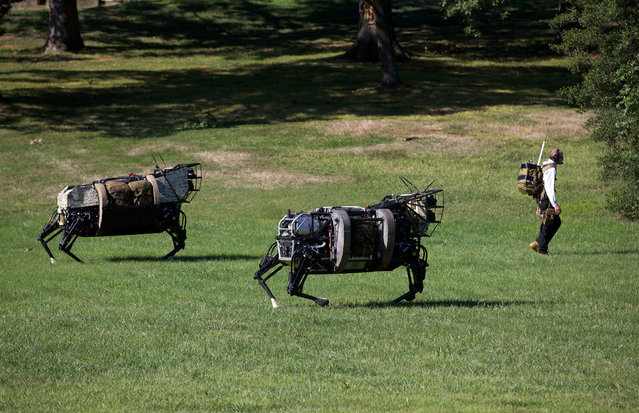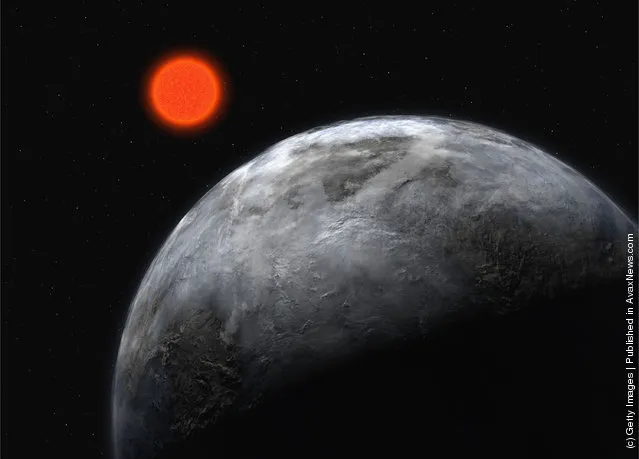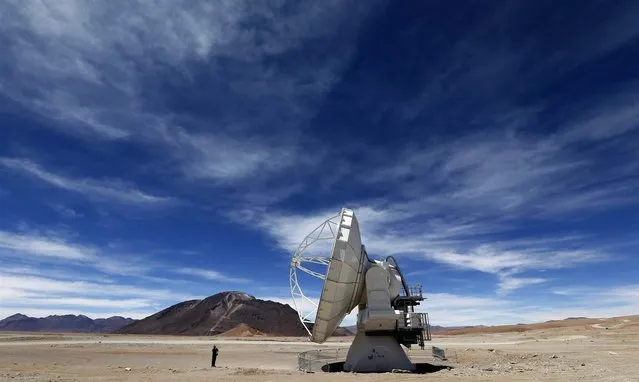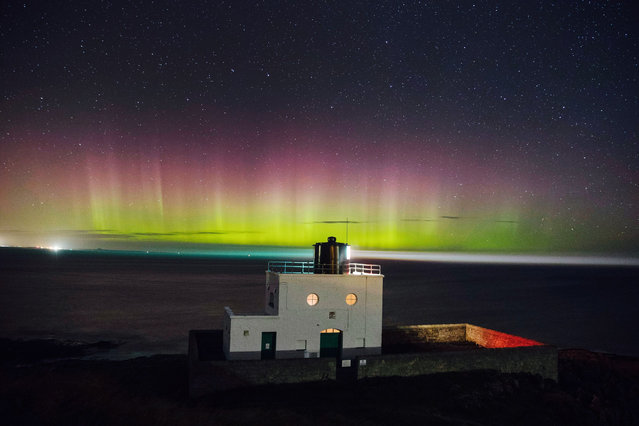
A gallery assistant poses by a sculpture entitled “Dark Place” by Australian artist Ron Mueck displayed at Thaddaeus Ropac gallery in London, Britain, October 11, 2021. The exhibition dedicated to Ron Mueck will open to the public from Oct. 12 to Nov. 13 ahead of Frieze Week. (Photo by Matthew Childs/Reuters)
12 Oct 2021 07:12:00,post received
0 comments







